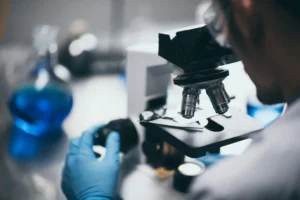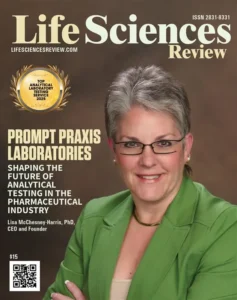Table of Contents
What is Third Party Confirmation Testing?
Third Party Confirmation Testing is a process where an independent laboratory tests a product to confirm its quality, safety, and compliance with regulations. This type of testing is commonly used in industries such as food, pharmaceuticals, and cosmetics.
Why is Third Party Confirmation Testing important?
Third Party Confirmation Testing is important because it provides an unbiased assessment of a product’s quality and safety. It ensures that the product meets the required standards and regulations, and that it is safe for consumers to use.
Who conducts Third Party Confirmation Testing?
Third Party Confirmation Testing is conducted by independent laboratories that are not affiliated with the manufacturer or seller of the product. These laboratories have the necessary expertise and equipment to conduct the required tests and provide accurate results.
What types of products require Third Party Confirmation Testing?
Products that require Third Party Confirmation Testing include food, drugs, medical devices, cosmetics, and consumer products. In the cannabis industry, Third Party Confirmation Testing is required for cannabis products such as edibles, tinctures, and concentrates.
What tests are conducted during Third Party Confirmation Testing?
The tests conducted during Third Party Confirmation Testing depend on the type of product being tested. For example, in the cannabis industry, tests may include potency testing, pesticide testing, heavy metal testing, and microbial testing.
How does Third Party Confirmation Testing benefit consumers?
Third Party Confirmation Testing benefits consumers by providing them with assurance that the products they are using are safe and of high quality. It also helps to prevent the sale of counterfeit or substandard products, which can be harmful to consumers.
How can consumers ensure that a product has undergone Third Party Confirmation Testing?
Consumers can ensure that a product has undergone Third Party Confirmation Testing by looking for a certification or seal on the product packaging. They can also check the manufacturer’s website or contact them directly to ask about their testing procedures.




